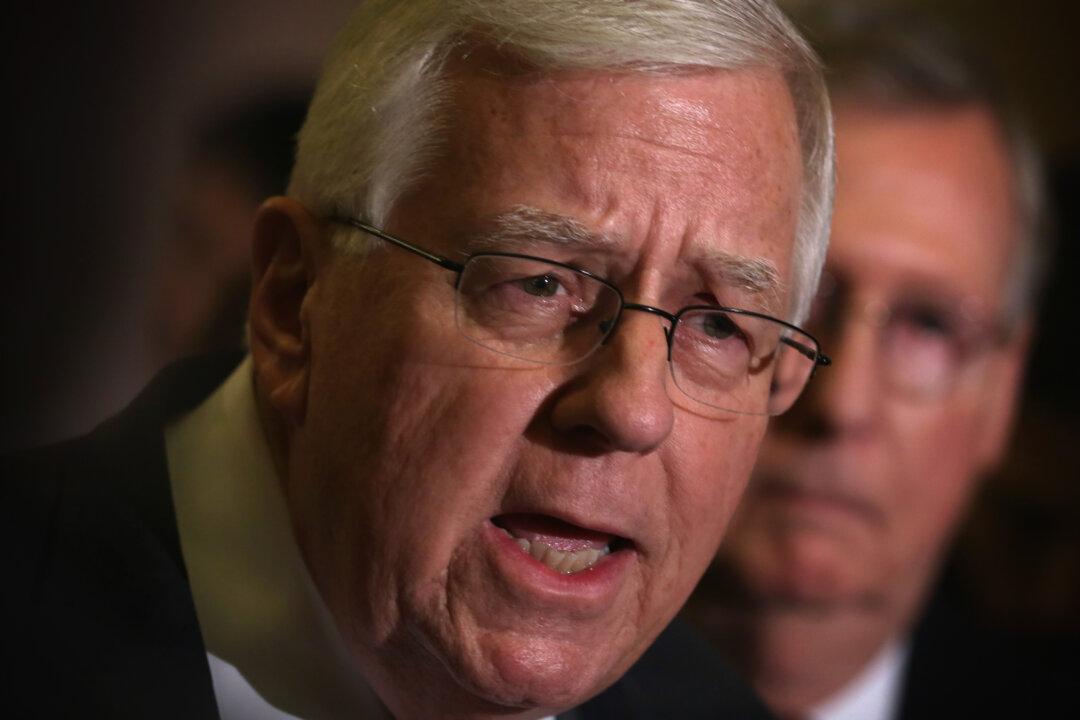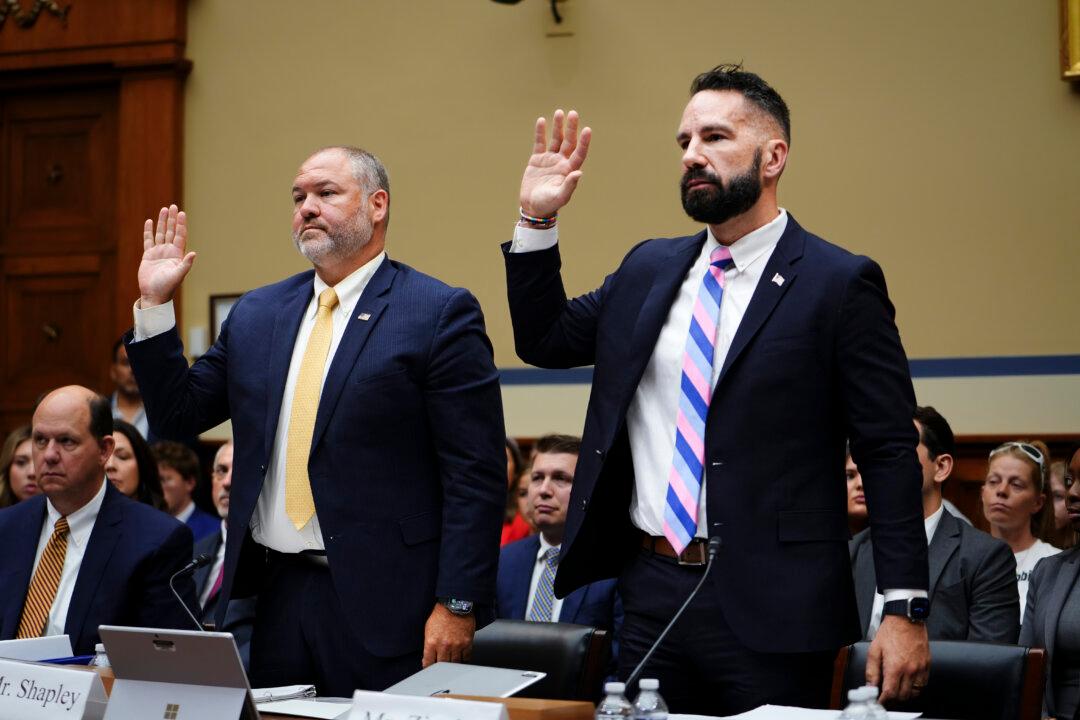WASHINGTON—Dozens of seriously underfunded trade union pension plans won’t repay millions of dollars in tax-funded government loans intended to help them regain financial integrity and pay promised benefits, according to the Congressional Budget Office (CBO).
“CBO projects that about one-quarter of the affected pension plans would become insolvent in the 30-year loan period and would not fully repay their loans,” the federal agency told Sen. Mike Enzi (R-Wyo.) in a Sept. 7 letter.





